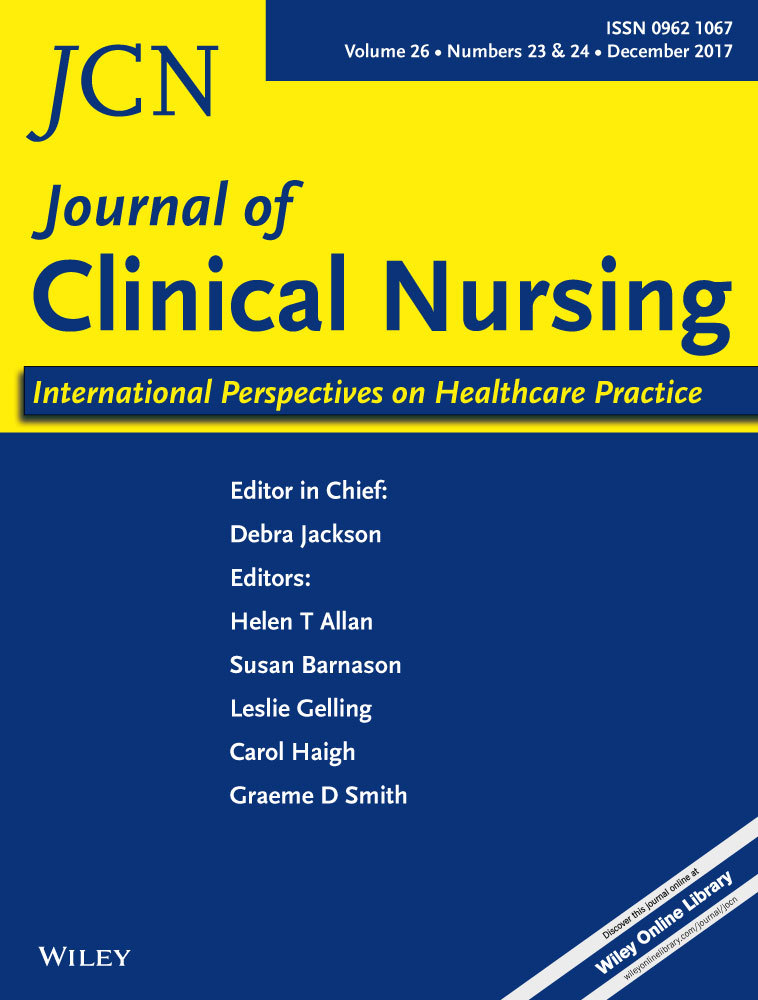The quality improvement attitude survey: Development and preliminary psychometric characteristics
Abstract
Aims and objectives
To report the development of a tool to measure nurse's attitudes about quality improvement in their practice setting and to examine preliminary psychometric characteristics of the Quality Improvement Nursing Attitude Scale.
Background
Human factors such as nursing attitudes of complacency have been identified as root causes of sentinel events. Attitudes of nurses concerning use of Quality and Safety Education for nurse's competencies can be most challenging to teach and to change. No tool has been developed measuring attitudes of nurses concerning their role in quality improvement.
Design
A descriptive study design with preliminary psychometric evaluation was used to examine the preliminary psychometric characteristics of the Quality Improvement Nursing Attitude Scale. Registered bedside clinical nurses comprised the sample for the study (n = 57).
Methods
Quantitative data were analysed using descriptive statistics and Cronbach's alpha reliability. Total score and individual item statistics were evaluated. Two open-ended items were used to collect statements about nurses’ feelings regarding their experience in quality improvement efforts.
Results
Strong support for the internal consistency reliability and face validity of the Quality Improvement Nursing Attitude Scale was found. Total scale scores were high indicating nurse participants valued Quality and Safety Education for Nurse competencies in practice. However, item-level statistics indicated nurses felt powerless when other nurses deviate from care standards. Additionally, the sample indicated they did not consistently report patient safety issues and did not have a feeling of value in efforts to improve care.
Conclusions
Findings suggested organisational culture fosters nurses’ reporting safety issues and feeling valued in efforts to improve care. Participants’ narrative comments and item analysis revealed the need to generate new items for the Quality Improvement Nursing Attitude Scale focused on nurses’ perception of their importance in quality and safety and their power to enact principles.
Relevance to the practice
The Quality Improvement Nursing Attitude Scale-Revised edition was designed to help in understanding nurses’ attitudes and values. It can be used to further explore broad concepts of quality improvement efforts.




